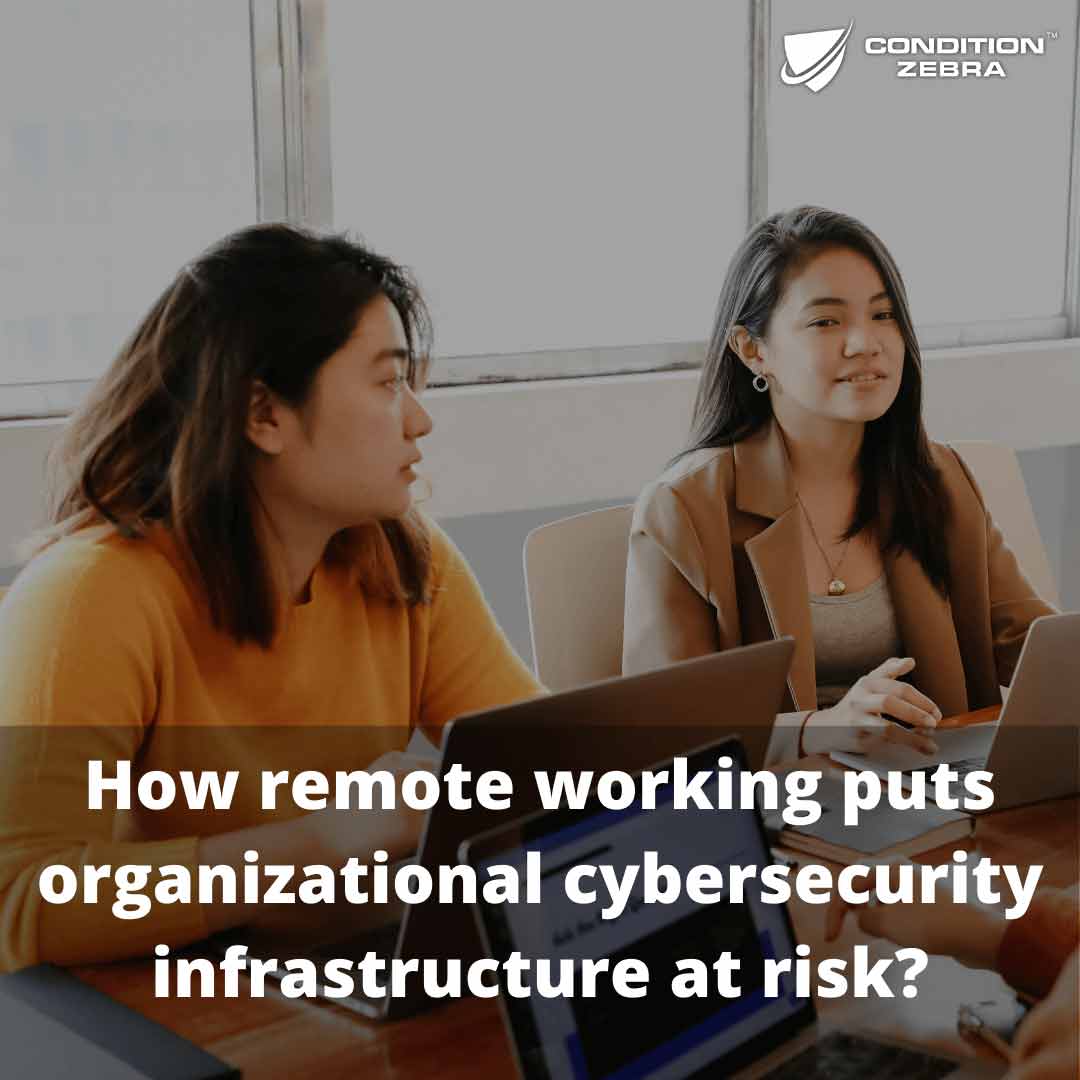Firms around the world are still grappling with the cybersecurity crises of a painful pandemic. Companies are rushing to shore up an adequate and safe infrastructure to deal with the varied demands of expansive remote work. Consequently, several vulnerabilities might have been exposed when patch management programs fell behind for malicious actors to take advantage of.
With growing episodes of ransomware attacks, threat actors won’t simply stop encrypting data from the compromised system in a network. They are going ahead to post exfiltrated data on the dark web for the biggest bidder. A single hacked system can expose the network system downstream. The operational challenge of an exposed system looms large. However, the more critical risk lies in the liability and regulatory implications.
An exhaustive cyber risk assessment is necessary to take account of assets, key vulnerabilities and major threats. Incident response plans arising out of such appraisals involved face-to-face meeting and on-premise work. These alternatives are no longer feasible, thanks to the pandemic and ensuing lockdowns. Organizational response plans need a fresh appraisal from the perspective of long-term and large-scale remote working as it poses a host of threats to the cybersecurity infrastructure of an organization.
1) Insecure and vulnerable home network
Enterprises invest a lot in network monitoring tools and customized solutions to limit attack vectors at the perimeter. Compare or rather contrast this secured IT infrastructure with an average home computer. Most likely it runs a consumer-grade antivirus software and firewall that may not have been updated in the recent past. It’s natural that remote workers are perceived as a bigger risk to the security infrastructure than an onsite worker.
2) Isolated IT systems
The many risks of remote work can be minimized as long as employees use specifically calibrated systems hardened by the IT team. Unfortunately, this was not the case when the pandemic knocked on our doors. With most of the workforce using a multitude of personal devices for sensitive data transfer, system standardization fell short. Each such machine opens up even more vulnerabilities that need to be addressed and liabilities that must be understood. The risks have multiplied with the increasing popularity of the Internet of things (IoT) devices. The ease of connecting as well as exchanging data between numerous systems and devices over an insecure network only escalates the odds of a data breach, hacks and eventual jeopardy of enterprise cybersecurity infrastructure.
3) Expanded threat vectors
Distracted and disconnected employees working over insecure Internet is the perfect recipe for a disaster. They are constantly exposed to varied threats targeting web applications and services. While being aggressive, these risks often remain invisible to machine-learning and signature-based antivirus as many use the’ fileless attack’ method to elude detection. Malicious phishing and adware scams appear extremely original to fool unaware victims.
4) Limited opportunities for remediation
It is functionally impossible to immediately address the issues of an infected machine before the situation goes out of hand. Hence, attacks go unnoticed for a long time with the damage getting intensified in the process. The average data breach can cost a business dearly and it gets worse when the normal remediation and response solutions get delayed. This difficulty can be effectively handled by a third-party IT security service provider. Smart penetration testing for VPN, network and web can halt any unwarranted activity at the perimeter.
5) Strained IT security resources
Most medium and small enterprises faced the tough task of providing on-time and requisite IT security resources to their workforce. With remote computers running wild in the unprotected web environment, each isolated endpoint had the job of safeguarding company applications, data and networks. That’s a lot to expect from client-based antivirus solutions and consumer firewalls, even more so when they’re fending off high-volume offensives and novel attacks.
Against this convoluted backdrop of growing cyberattacks, efficient threat monitoring, identification and redress are critical. Stricter remote work assessment standards are crucial to address sophisticated threat issues and strengthen the security postures of the entire organization.
Condition Zebra provides an array of built-in threat models that help your business detect any abnormal network and authentication behaviour. Managed Detection and Response services provided by our Incident Response team will help you deal with anything suspicious and recover from an attack when the need arises.
We are offering FREE Penetration Testing limited time offer, learn more here:

